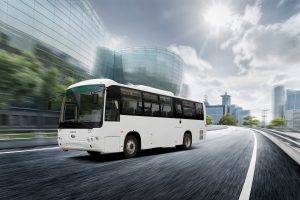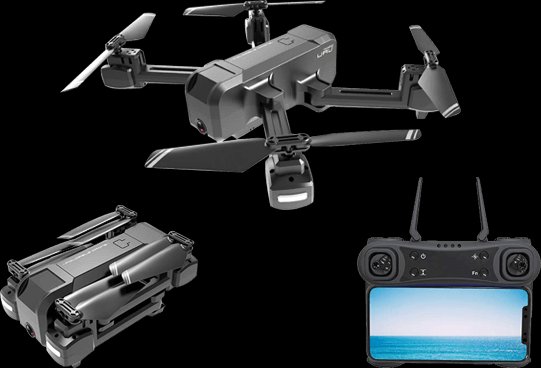In human advancement, the earliest ways of transport were walking, running and swimming. Prior to the Industrial Revolution and modernization, water transport was one of the most reliable approach of moving huge amounts of goods over cross countries though it was very sluggish and pricey. The importance of water transport led to the growth of cities along rivers and sea-shores where watercrafts, canoes and ships could dock. The domestication of pets and the creation of the sled paved the way to very early pet transport services. Equines and oxen were made use of from as early as 3000 BC to transport products and humans and traversed dust tracks. Later on civilizations such as the Mesopotamian and the Indus Valley constructed paved roadways for less complicated transport

The Industrial Revolution of the 19th century transformed transportation on its head. It was the age of numerous innovations that fundamentally altered the principle of transport. Interaction, telegraphy, the heavy steam engine and the steam ship sped global transport in all instructions. Land transport became feasible over huge ranges without the application of animal or human muscular tissues. The Wright brothers’ successful experiments with airplane paved the way for airplanes and air transport ended up being a faster method to transport goods and individuals in shorter time-frames to more locations.
Modes of transport
A ‘mode of transport’ is an approach or option that uses a certain type of framework, operation and automobile to transport individuals and cargo. A setting can be made use of on its own or combined with several various other settings; in this case it is described ‘intermodal’ or ‘multimodal’ transport. Each stands out from the various other and is utilized based on choice of factors like cost of transport, course taken, capacity and so on and look at this site https://www.getransport.com.au/.
- Human-powered – this is the most typical in developing and under-developed countries as a result of a number of variables like cost savings on price, access of place, exercise and environmental reasons. Human-powered transport is a sustainable kind of transport and has lately been improved by the use of machinery and contemporary innovation – e.g. cycling, skating, rowing, skiing which are very beneficial in tough atmospheres.
- Animal-powered – whether ridden by human beings or made use of as pack animals for activity of people and commodities, animals can work alone or in groups – e.g. mules, horse-carts, dog-sleds etc.
- Air – aircrafts and airplanes have reduced traveling times substantially and is the fastest setting of passenger and goods transport. High expenses and high energy usage are the drawbacks of air transport; nonetheless, it is estimated that over 500,000 people travel in aero-planes at any given time.
- Rail – Railroads and rail tracks run the size and breadth of every country in the world ferrying individuals and goods from place to place. Although they involve using large amounts of surface land, rail networks offer easy connectivity options within cities, within countries and in between various nations as a mode of public transport- e.g. New York City Subway, London Metro, Eurotunnel or the Chunnel between England and France and the Euro Rail.
Other much less secondhand modes consist of wire and pipe transportations which are especially function oriented – e.g. fluids and gases, water, sewer etc. for pipe transport and conveyor belts, airborne tramways, cable vehicles and so on for cord transport.


